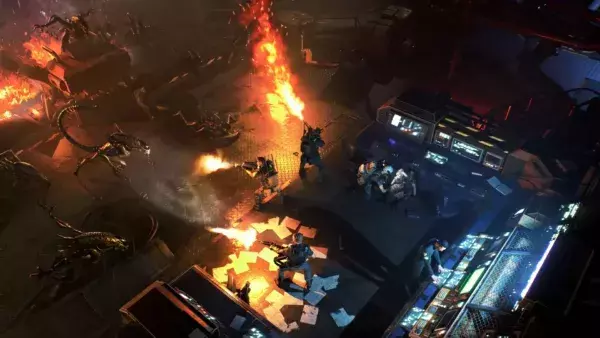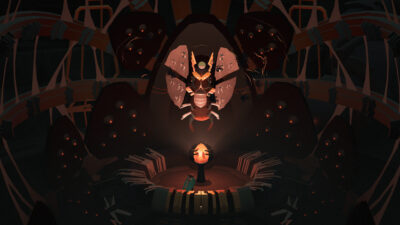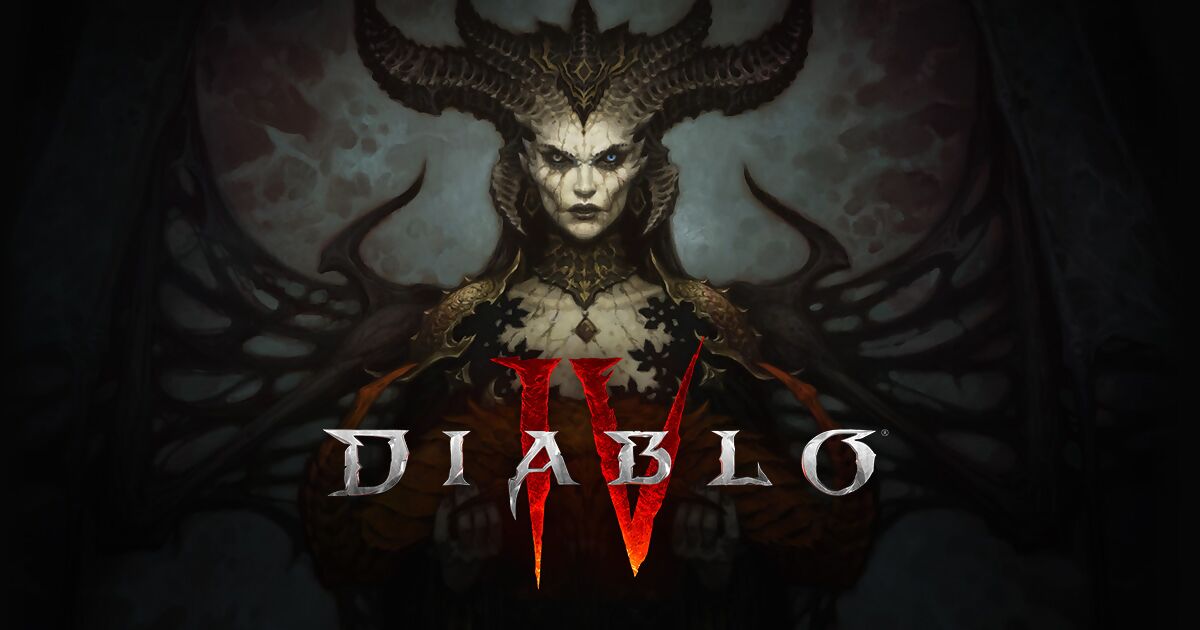
On a tiny budget and despite incredible odds, indie developer Blizzard has made one of the best dungeon crawlers of the year. Our review of Diablo IV…
A Druid, Necromancer, Sorceress, Barbarian, and a Rogue walk into a pub… It may sound like the start of a bad joke but, this being a Diablo game, you can be sure they’ve left swathes of dead spiders, vampires, and skeletons in their wake getting there. Doing so as any of Diablo IV’s five available launch classes becomes instantly satisfying and addictive due to Blizzard’s decision to make each more customisable than ever. This, combined with the move to a truly interconnected map, makes this fourth entry in the hellish series the most complete feeling yet.
Such welcome improvements come with the caveat that Diablo IV is a live-service game, and therefore requires an always-online connection. Usually this would be enough to put me off singing its praises so highly right from the off. And while it sucks that people without strong or reliable internet might struggle to enjoy Diablo IV as intended, it does allow you to bump up against random players in your server (outside of your party) and see various time-limited World Events pop up on a regular basis. Both help make this version of Sanctuary feel far more fully-realised than before, and creates the feeling of a persistent world that would continue even without your presence in it.
There’s variety to be seen in the areas you traverse, too. The snowy landscapes of Fractured Peaks, for instance, sets a very different mood and atmosphere than, say, Scosglen up in the northeast where it always seems to be raining. You still endlessly lay waste to nightmarish creatures in each location, but sprinkled in among them are new opportunities to discover, including twisty side quests, small-scale cellars, and the semi-procedural dungeons the Diablo franchise is famous for.
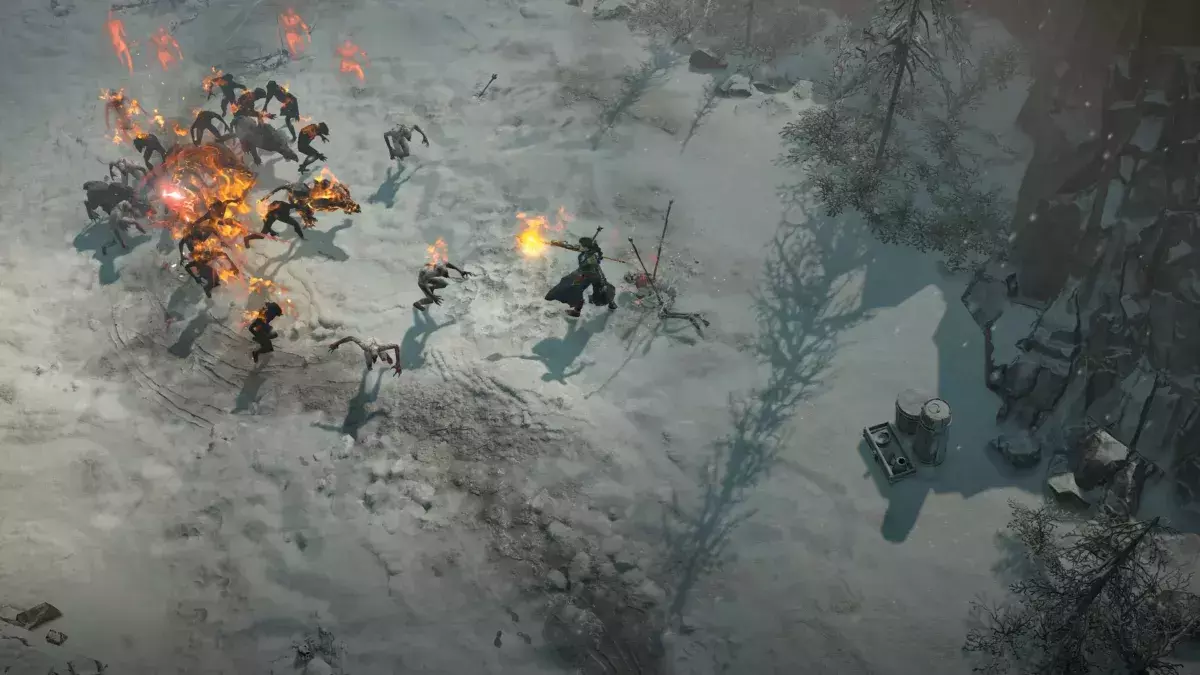
The Fractured Peaks is where the game’s first act takes place, although you can visit Scosglen or the Dry Steppes beforehand as Acts 1, 2 and 3 can be played in any order. Credit: Blizzard.
The dungeons themselves always ask a lot of the player, especially on higher World Tiers where enemies suddenly do a lot more damage in exchange for more gold and XP rewards. But again, the inherent flexibility found within classes always keeps the action and pursuit of loot interesting. Where previous entries – as recently as Diablo 3 – didn’t give you a choice of what abilities you’d earn for your class next, Diablo IV swaps this for a far more malleable skill tree system, which might seem obvious to implement yet still drastically changes the game.
I chose to main as a Male Necromancer for my first run through the campaign, and rather than have a useless skill forced on me whenever I levelled up as before, I was able to specialise in different magic types – or even a combination of skills. Starting off with the basic Reap attack that sees my scythe sweep the immediate vicinity to let my character do rapid damage, my approach to combat radically changed once I chose to pour my skill points into the ranged-based Blood Lance throw or could halt the manoeuvrability of enemies by creating a Bone Prison. Each class’ tree is expansive in such a way that my max level Shadow Necromancer could play entirely uniquely to yours.
All five classes can elect to specialise in multiple disciplines in this way. Better yet, if you unlock an ability and find that it’s not working for you, Diablo IV will let you refund the skill point for a small fee, so experimenting is always encouraged. That’s why, while it might be disappointing for long-time series fans to see classes such as the Crusader or Witch Doctor not present at launch, odds are one of the classes here can be built in a manner that makes them similar to the playstyle you’re used to.
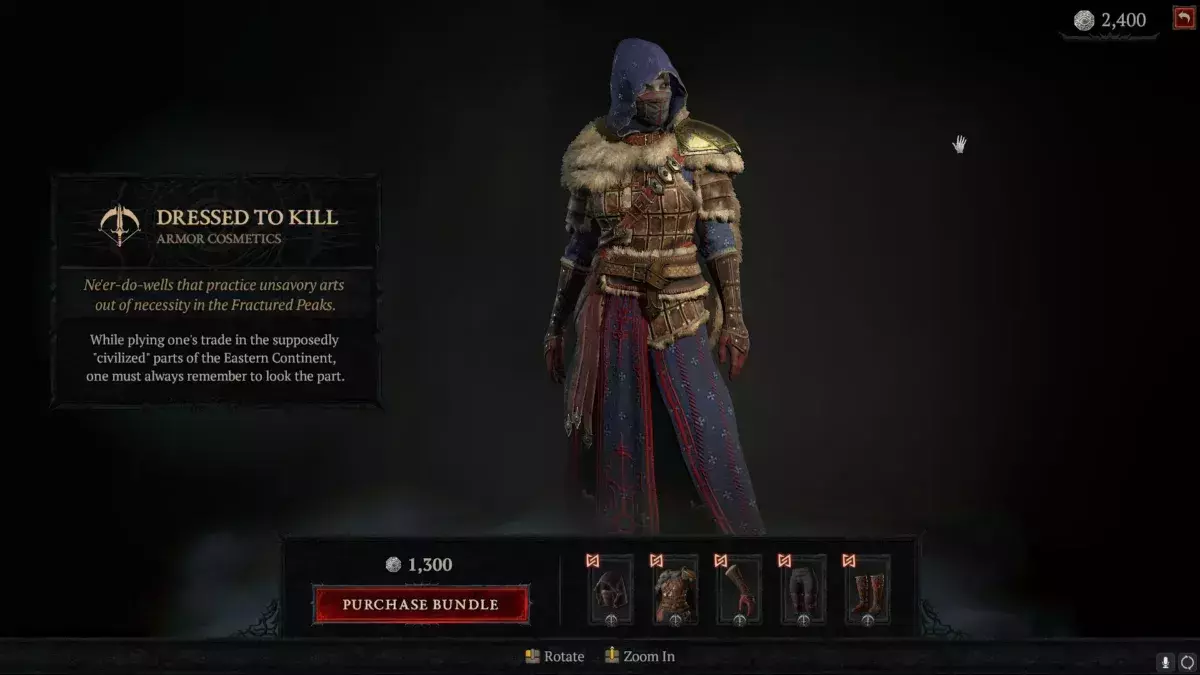
Microtransactions are sadly present in Diablo IV, but they’re reserved purely for cosmetic items. Credit: Blizzard.
Now, obviously, all this hack-and-slashing, spellcasting, and exploration doesn’t happen in a vacuum. The good news is that there is the semblance of a good story present in Diablo IV. Primarily focused on Sanctuary’s splintering into factions, siding either with the demon of hatred Lilith or the misled fallen angel Inarius, this is the first Diablo title where I wasn’t inclined to simply skip past character dialogue. Even the seemingly most mundane side quests are written in a way that adds texture to the conflict happening around you, seeing you meet characters either affected by or directly involved in Inarius and Lilith’s heaven-versus-hell struggle.
That said, if you’re the type of player who traditionally treats Diablo almost like a “podcast game”, you can go right ahead and do so here. I would suggest, however, basking in the drop-dead gorgeous cutscenes Blizzard as implemented throughout all six of Diablo IV’s story acts, if only because they swoop down to give a closer view of the world like never before and further highlights the franchise’s return to a darker, grittier and less whimsical version of high fantasy. Your role as a nameless wanderer being so closely tied to Lilith’s return raises the stakes to the degree that it’s easy to remain invested in the narrative.
The first run through the campaign will likely take you around 25 to 30 hours, so Diablo IV represents a good amount of game for most players. However, you’ll likely find it hard to stop playing due to all the endgame live-service trimmings Blizzard has in store. Hitting level 50, for instance, can be said to be where the real game begins, as you begin to buff your character’s attributes using the rotatable Paragon Board. This makes taking on Nightmare Dungeons, bounties offered by the Tree of Whispers, and other players in the Fields of Hatred’s PvP all the more approachable. If nothing else, though, you’ll likely want to replay Diablo 4 multiple times to see how unique the five classes are.
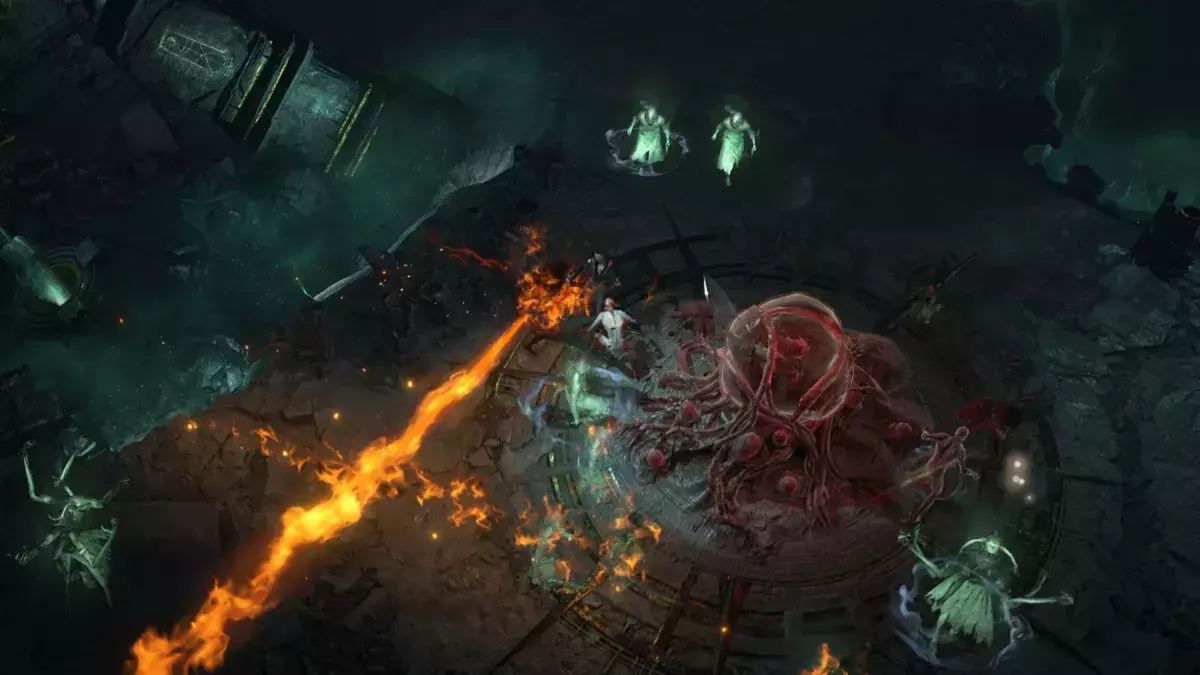
Dungeons can take as long as 30 minutes to complete, and most yield an Aspect reward unique to a character class. Credit: Blizzard.
It may have been a long road getting here, yet overall it’s hard to imagine Blizzard doing a better job with Diablo IV than the iteration it has delivered here. A truly contiguous open world makes traversing it a constant delight, there’s more than enough endgame content to keep you playing far beyond when credits have rolled, and the sheer customisability of the five launch classes inspires you to engage in the Diablo gameplay loop more creatively than ever. True, the always-online requirement is a drag, but the experience itself is close to flawless and sure to eat up plenty of your precious gaming hours. The fires of hell have never burned brighter.
Highlight
Playing as a Necromancer means you’re never forced to go it alone. This is because you’re constantly accompanied by your own personal army of the dead, most of which are just as customisable as the character class itself. From Blood mages, Bone golems and skeletal skirmishers, raising corpses proves just as useful as exploding them.
Verdict: 89%
Easily Blizzard’s most refined and complete-feeling Diablo package yet, Diablo IV encourages experimentation and is as addictive as the series has ever been.


